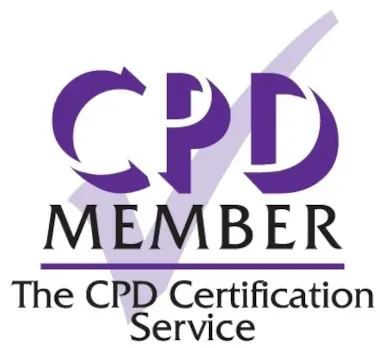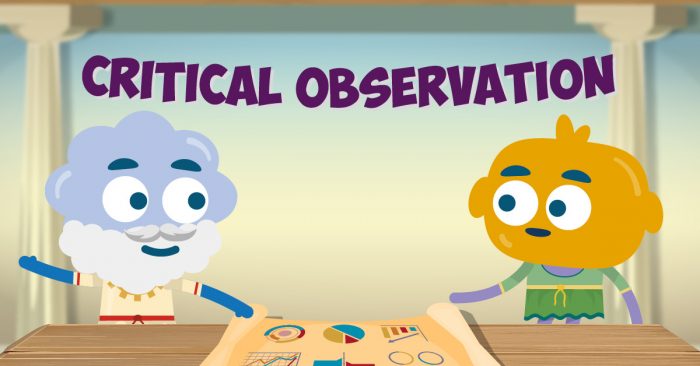Complex Problem-Solving: Definition and Framing
Duration10'
No. of mini-lessons4
ResourcesDevelopment Plan
Duration 10'
No. of mini-lessons 4
Resources Development Plan
Course overview
Your employees solve all kinds of problems at work every day. But some problems are complex. That means they could have multiple causes, effects, stakeholders, and solutions. Perhaps an area of the business is struggling to hit KPIs, for example. If they don’t look at complex problems from every angle, they risk implementing solutions that don’t work. They might even make the issue worse.
The key to complex problem-solving lies in clearly defining the problem – and getting input from all the right people. They’ll need to write a problem statement that includes describing their ideal situation. And framing the problem will help them simplify things to make sure they’re solving the right issue. It’s also important that they involve all the right stakeholders throughout the process.


What's covered
Steps and best practices to write an effective problem statement
Techniques to frame complex problems
Steps to identify and engage stakeholders in complex problem-solving

Why your teams need this course
Employees in a leadership position will likely have complex problems to solve. They usually come up when they want to improve a process that has many moving parts. In this course, they’ll learn how to write a problem statement and explore different ways to frame complex problems. They’ll also discover steps for choosing which people to include – and how to gain their perspectives.

Accredited by CPD
TalentLibrary is recognized as reaching the standards and benchmarks required by the Continuing Professional Development (CPD) Certification Service.
The CPD Certification Service is the world’s leading and largest independent accreditation organization for professional development courses across all industry sectors.


